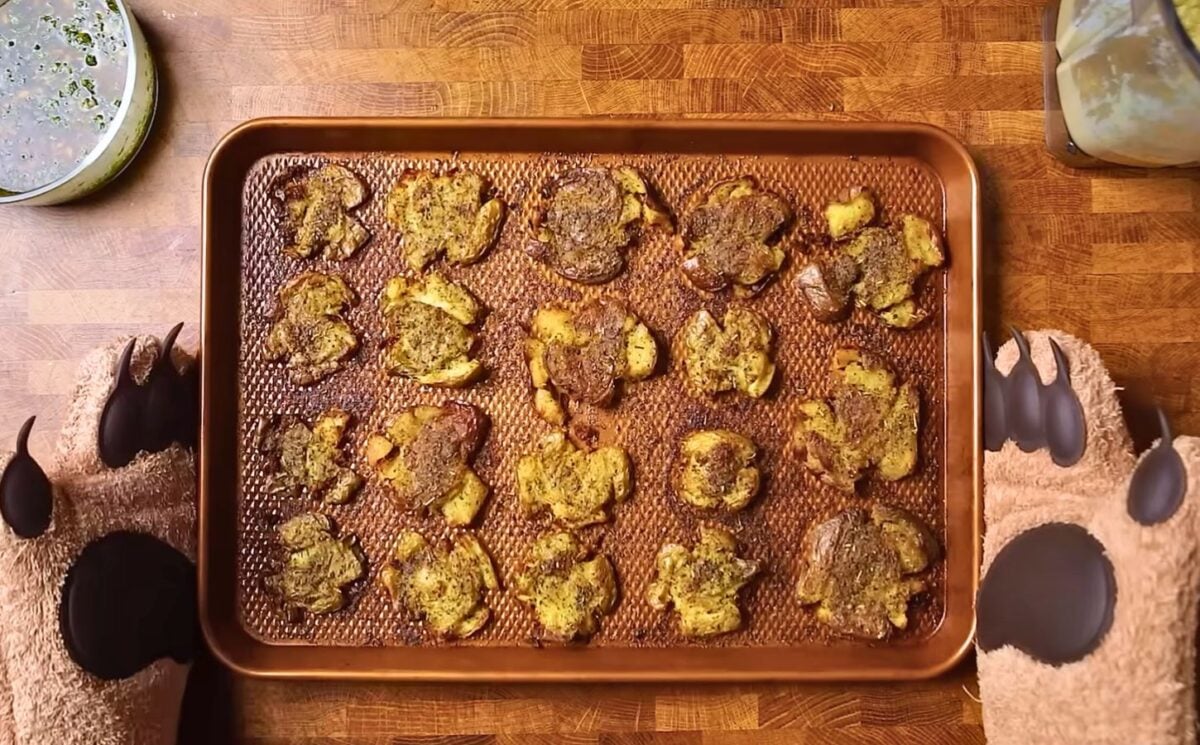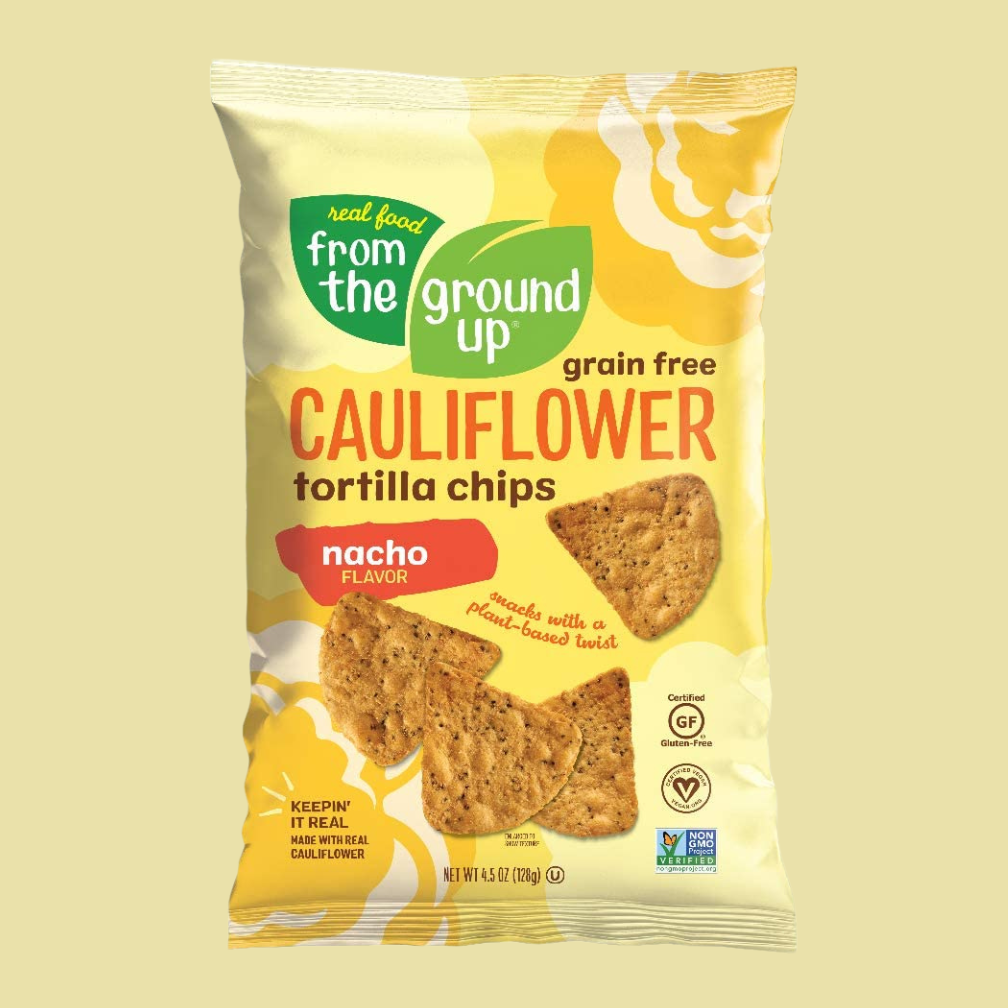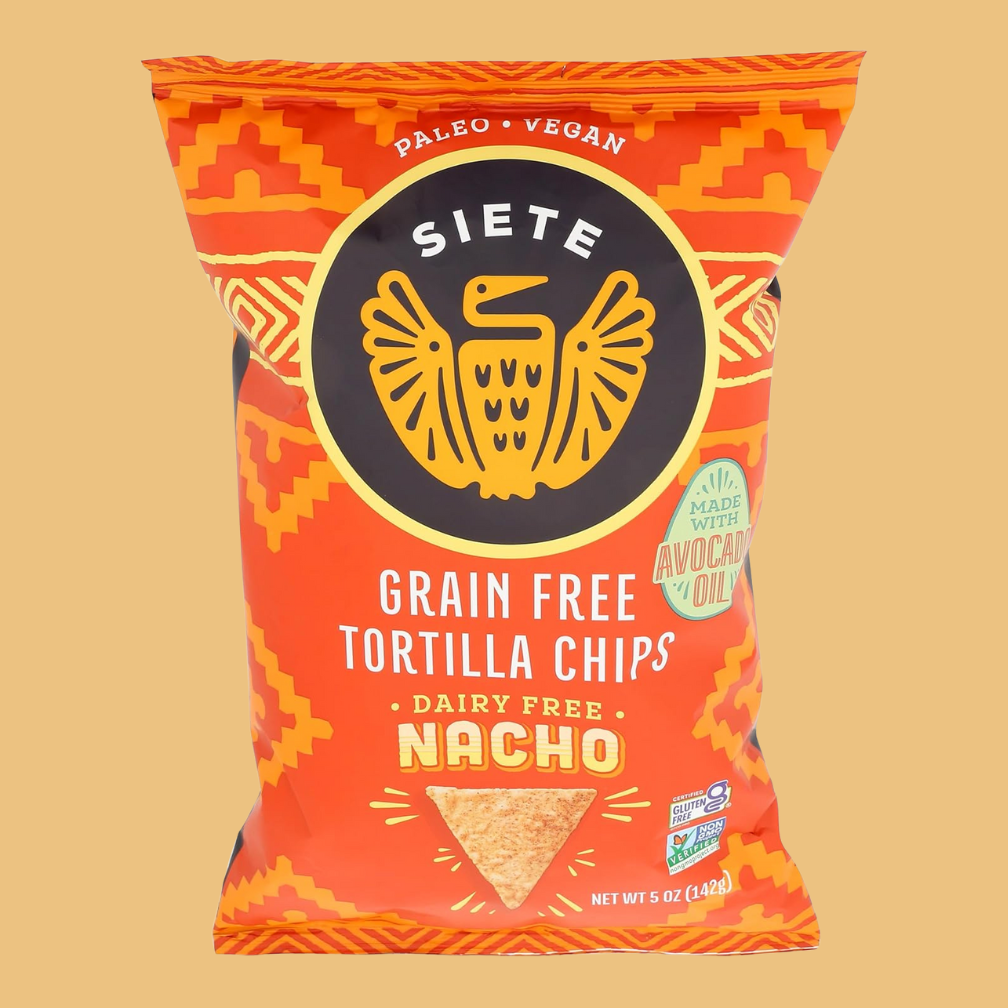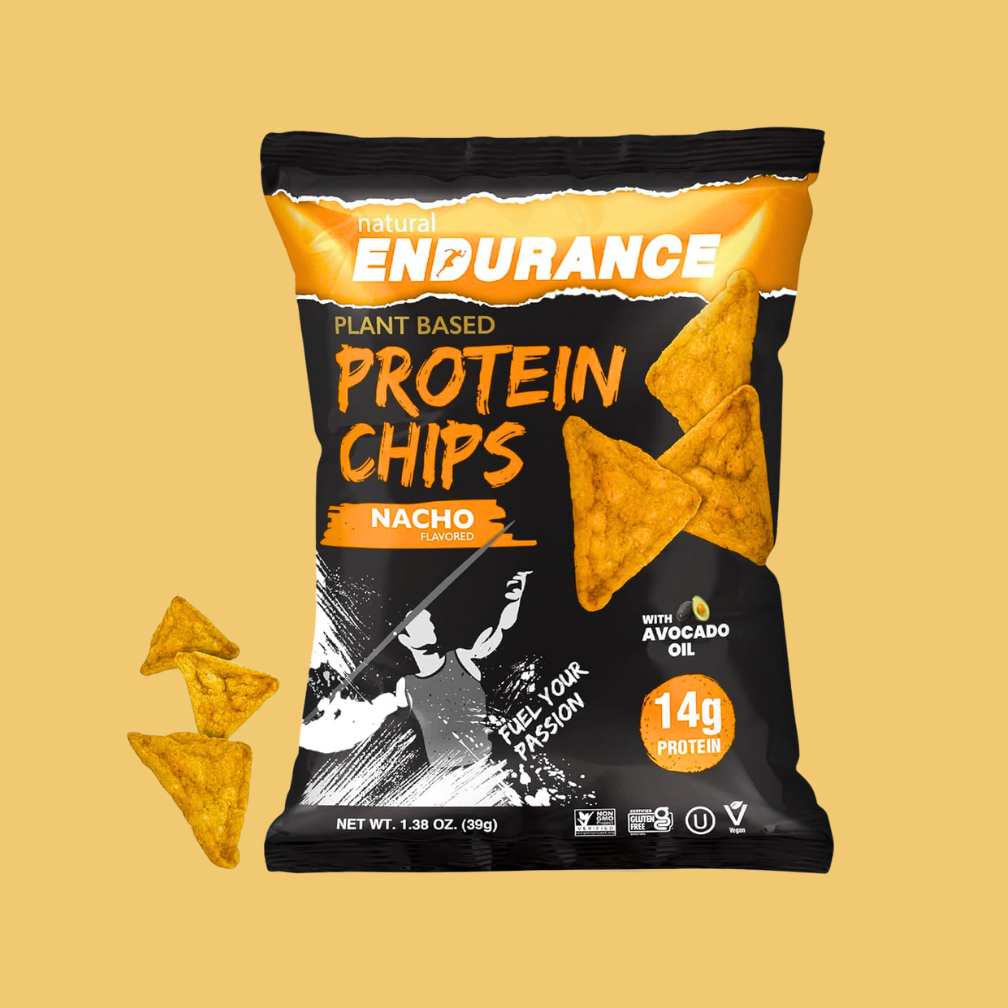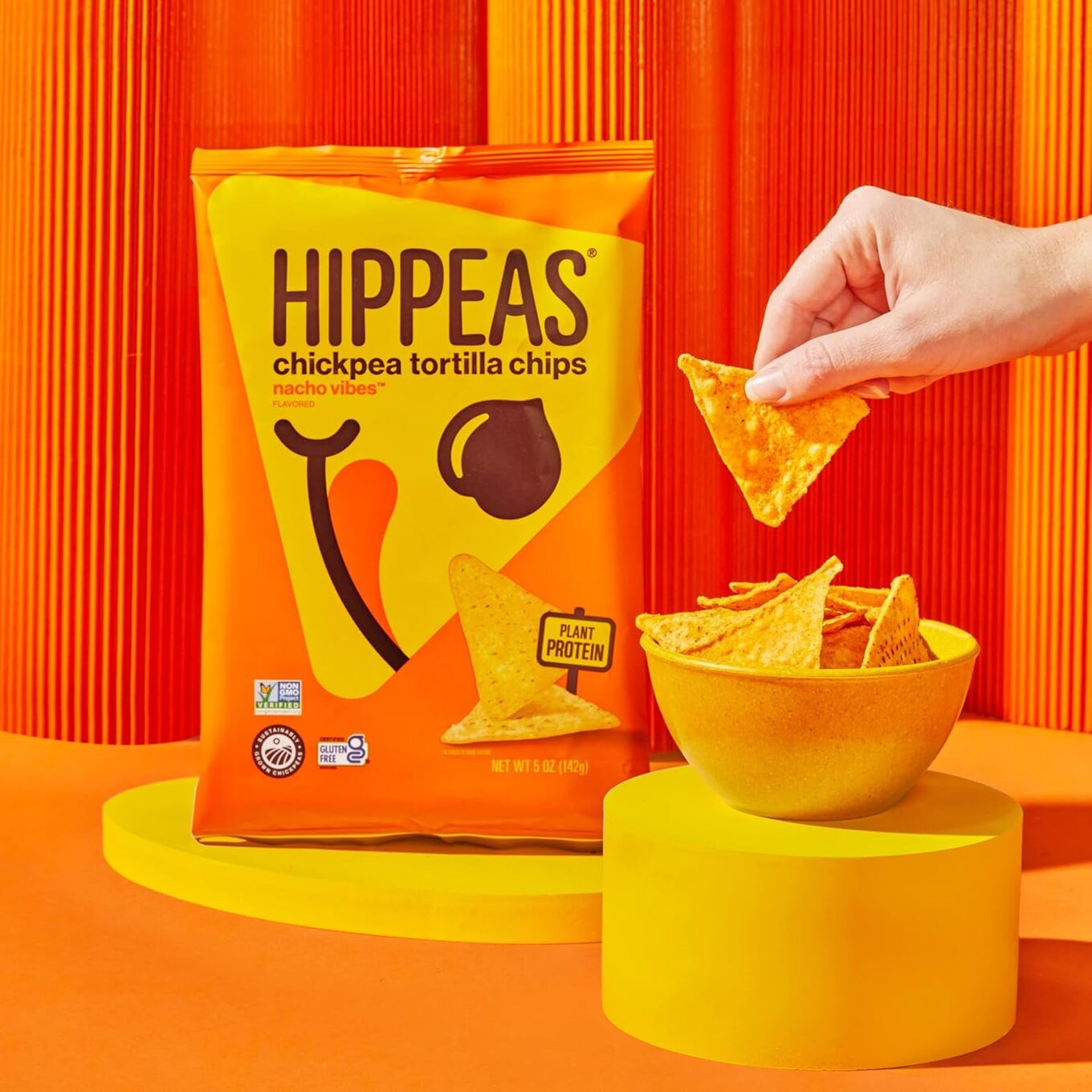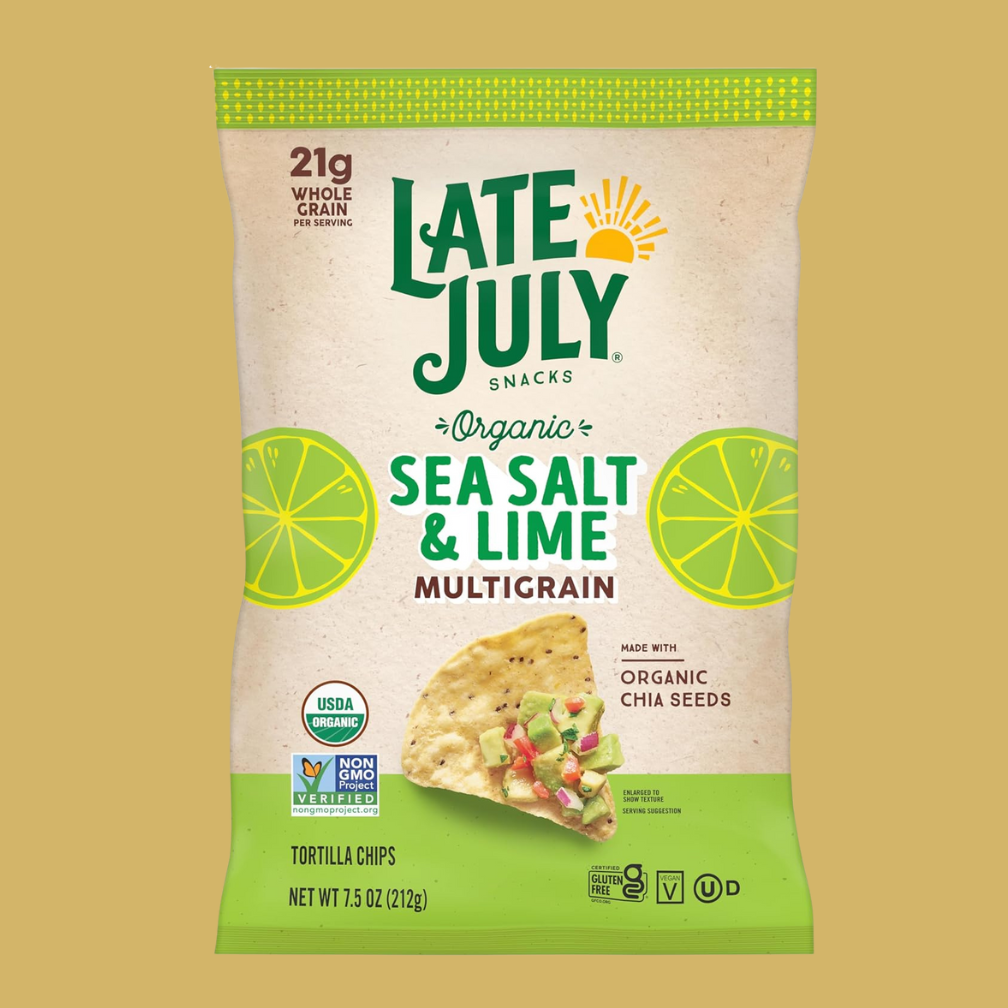From plantbasednews.org
Here are some of Jenné Claiborne's top plant-based food finds in NYC
Jenné Claiborne, creator of the SweetPotatoSoul YouTube channel, recently shared her latest vegan NYC trip – a two-day vlog packed with food, friends, and city chaos.
Between subway delays and podcast tapings, Claiborne fits in everything from oatmeal and tahini cookies to a visit to her favourite vegan spot, Chloe on Bleecker. It’s a city vlog that highlights plant-based staples like oatmeal, coconut yogurt, and tahini cookies, while dealing with unpredictable schedules and late lunches.
There is no set itinerary. Claiborne makes space for flavour, connection, and routine in between delays and detours. It’s a relaxed vegan NYC trip – flexible, a little chaotic, and always centred around good vegan food.
There are great vegan food options in NYC - Media Credit: YouTube/ Sweet Potato Soul
Simple breakfast and a slow start
Claiborne starts the day in her friend Isabelle’s Brooklyn kitchen with a simple breakfast. “Just keeping it simple with oatmeal,” she says, topping it with blueberries, hemp seeds, and dates. She edits a YouTube video while eating, with a cat named Blueberry Muffin at her side.
Before heading into the city, she makes a quick trip to a beauty supply store. “I have not left the house all morning. It’s already 10:30.” She gets dressed in a comfortable dress, grabs a belt and a bag, and heads out to find a thrift store before a scheduled podcast taping.
Transit delays and a fancy lunch at Happier
Claiborne’s plans change when the subway line is down. “It’s going to take like a whole hour to get there at least,” she says. After 45 minutes on a packed bus, she finally transfers to a working train and makes it to Tribeca for a podcast recording.
After the taping, she and her friends head to a new grocery store called Happier. “It’s a super duper expensive health food store,” she says, comparing it to Erewhon in Los Angeles. She picks up a snack and eats alone. “That really hit the spot.”
Still hungry from the day’s disruptions, she heads to Greenpoint for dinner. “I was so hungry because I missed lunch and all that subway trouble.” Another long commute, another late meal. “Fingers crossed it’s all easy from here.”
Thrift store search and tahini cookies

The next morning, she heads back out on the hunt for linen pants and oversized shirts. “So that I can wear them, you know, in my yard, around the house, around the neighbourhood.” The first thrift store has a promising pair of Jill pants – but not in her size.
She walks 20 minutes to another shop but has to stop for a bathroom break. “I found a little coffee shop… I got a raspberry iced tea.” She also grabs a tahini cookie. “They did not have decaf coffee, unfortunately. But this is super refreshing and delicious.”
Later, she adds: “I was going to go sit outside, but there’s no seating outside or inside. So I’m just walking.” She eats the cookie on the go and gives her verdict: “It’s nowhere near as good as my recipe.”
Vegan dinner at Chloe on Bleecker
Later, Claiborne visits Chloe on Bleecker, one of her favourite vegan spots from when she lived in NYC. “It reopened which is so exciting. And it’s all vegan.” She eats with a friend in Greenwich Village, calling the area “so cute.”
The food is good, but the portions are huge. “I want to finish everything ‘cause I hate wasting food, but if I do, I’m going to pop.” They decide not to take leftovers. Afterward, they browse shops nearby. “Victory. We each got something now.”
This vegan NYC trip wraps with one last meal at Isabelle’s and a quiet night before flying home.
For more plant-based content, check out Claiborne’s YouTube channel Sweet Potato Soul.




